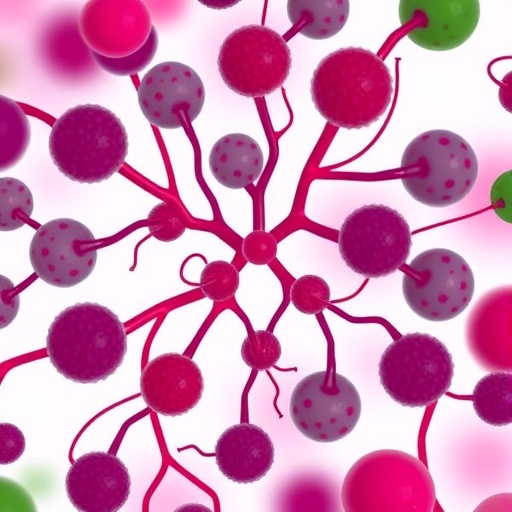The cyanobacterium Synechocystis produces several toxins. However, most of the time they cannot become active because the unicellular organism usually only produces them together with an antitoxin that neutralizes their poisonous effect. This is a trick of nature: The genes for the toxin and the antitoxin are located together on a plasmid, i.e. a fragment of DNA that exists independently of the actual bacterial chromosome. In contrast to the toxin, the antitoxin is not very stable. When a cell loses the plasmid during cell division, both of the genes are lost. Since the toxin is more stable than the antitoxin and is thus effective for a longer period of time, these cells eventually die off. Hence, the toxin-antitoxin pairs constitute a natural selection mechanism that sees to it that only cells which retain the plasmid survive.
The plasmid pSYSA of the cyanobacterium Synechocystis has not one but seven different systems of this kind and is thus well protected. The reason for this is because in addition to the genes for the seven toxin-antitoxin pairs, the plasmid pSYSA possesses the genetic information for a bacterial immune system. If the plasmid with this system gets lost in cell division, several toxins thus see to it that the bacterium is killed. The fact that the genes responsible for it are combined with a high amount of toxin-antitoxin pairs indicates that this system has special significance for the cyanobacterial cell.
The project is supported by funding from the German Research Foundation.
Story source:
The above story is reprinted from materials provided by Albert-Ludwigs-Universität Freiburg.




